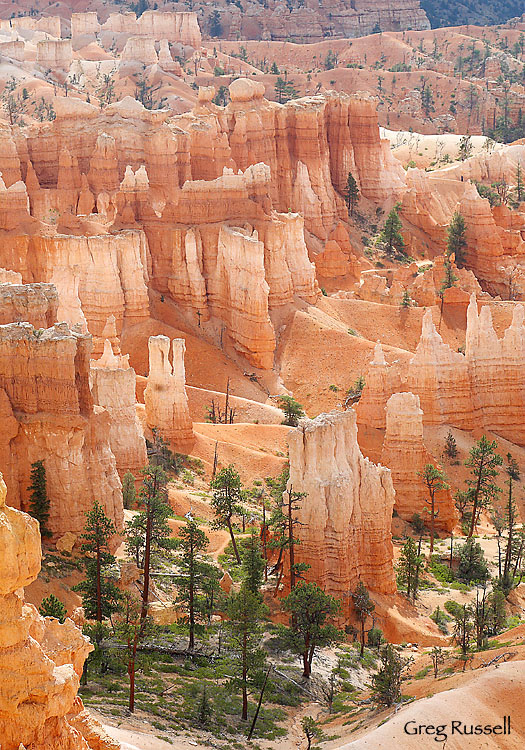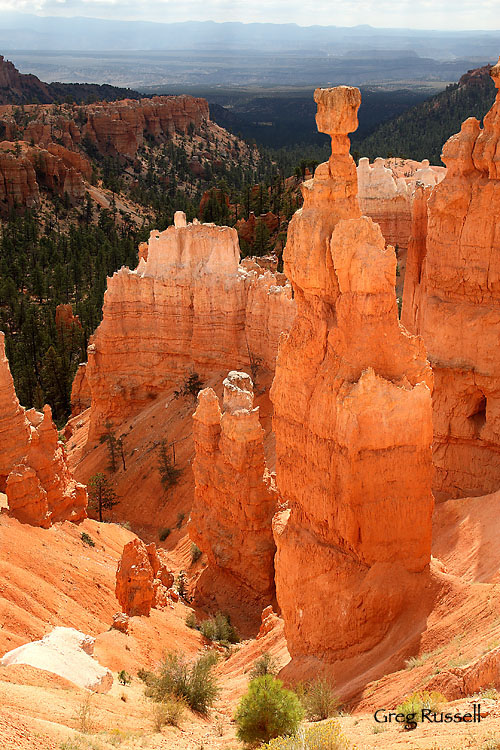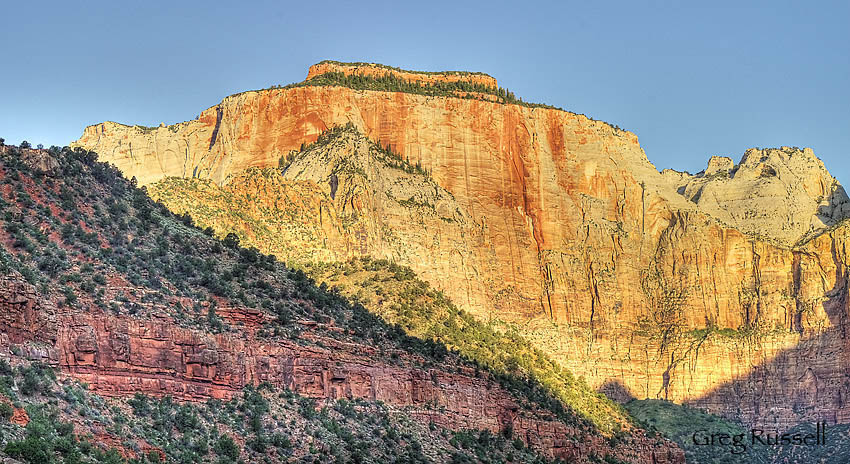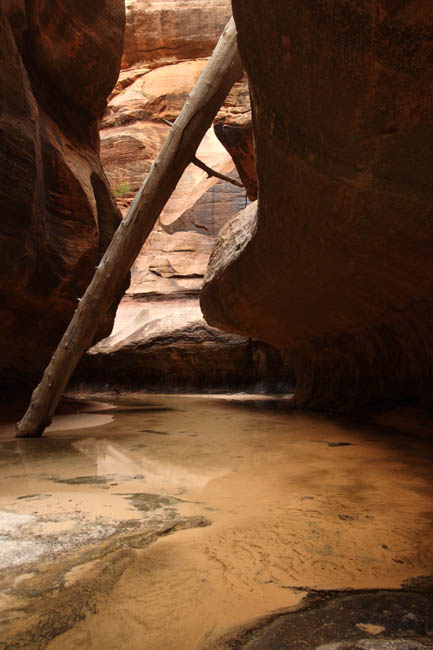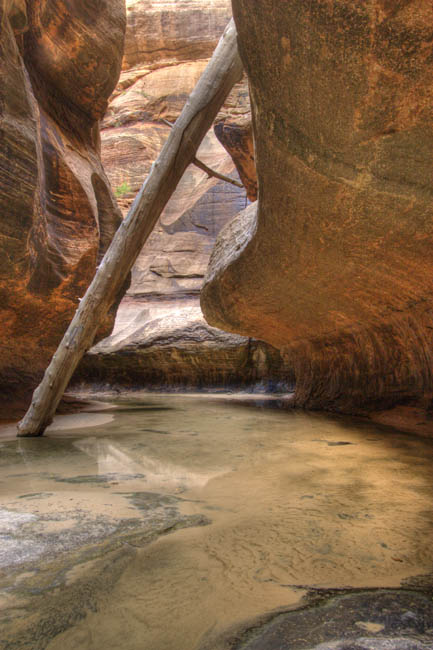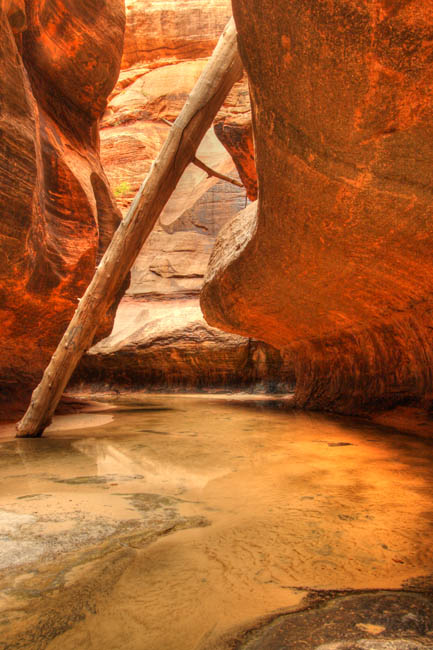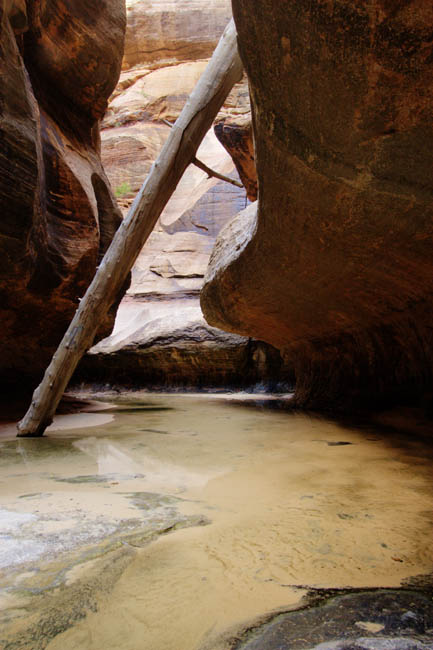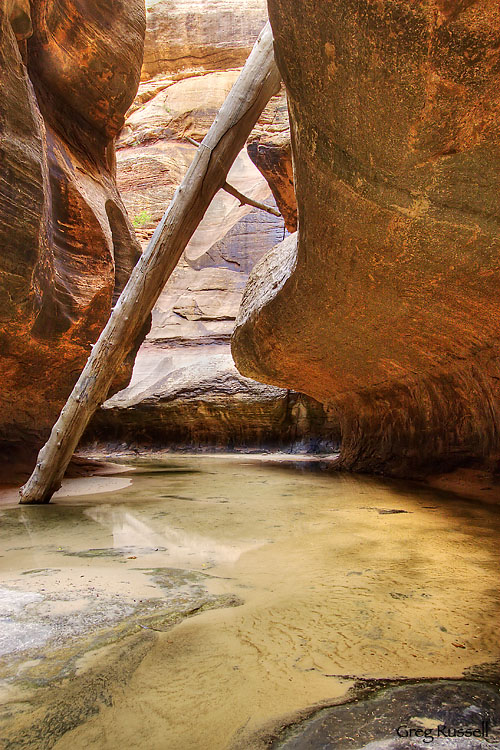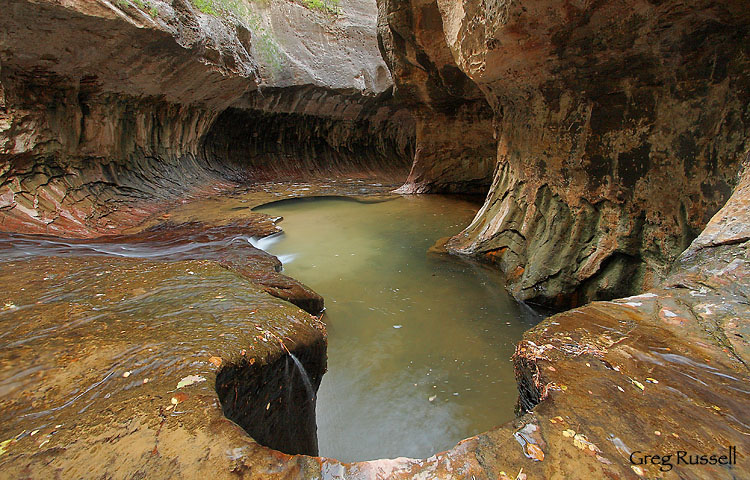Guy is the third featured photographer in my series on Topophilia, finding your sense of place in the canyons of southern Utah.
In my next post, I’ll be writing about the grand, wide open landscape that draws tourists and photographers to southern Utah. However, if you look closely, you will also find an intimately beautiful landscape–one that is not immediately apparent, but if you take the time to find it is equally rewarding.
Working on these posts, I’ve enjoyed getting to know my friends a little bit better. I respect all of their work immensely, and aspire to have as breathtaking a portfolio as any one of them. Over the course of my photographic career, Guy Tal has inspired me in many ways, but one that stands out is his expertise in bringing the intimate landscape of southern Utah to life. Whether you’re in Utah or Ohio or Alberta, Guy’s images are a reminder to stop and look at the details.
In his comment on my first post in this series, Guy said:
“This place does something to you. I couldn’t rest until I managed to make a home here, and no other place ever felt more like home to me. More amazing is the fact that I keep discovering it over and over in deeper and more profound ways every time I step out the door.”
Guy’s thoughts crystallize for me the most salient theme in this series of posts: that, in a very real way, going out is really going in. I have heard that several times throughout my life, but until you actually experience that idea, they really are just words. I feel fortunate to have a group of colleagues (in other photographers) who feel the same way.
You can visit Guy’s website here, and subscribe to his blog here. In addition, Guy leads photo workshops, with the most recent one being in Capitol Reef National Park. You can read about them (and sign up for one!) here.


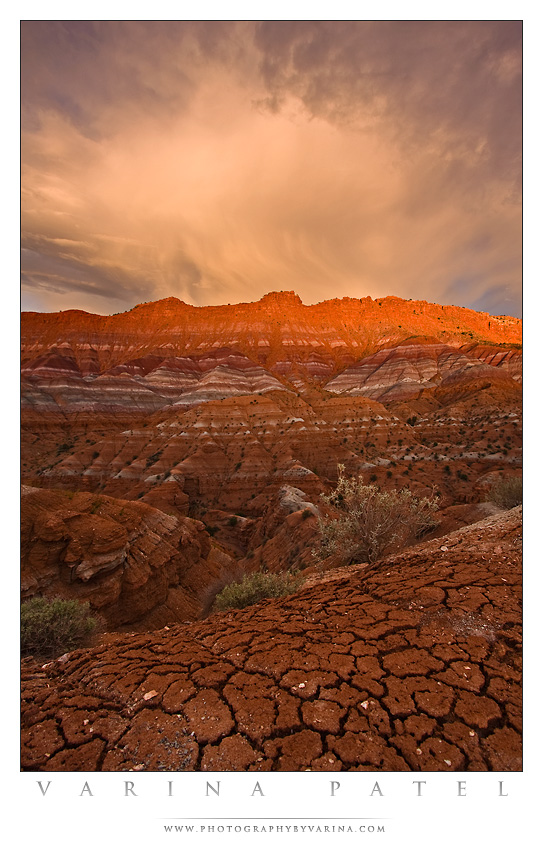
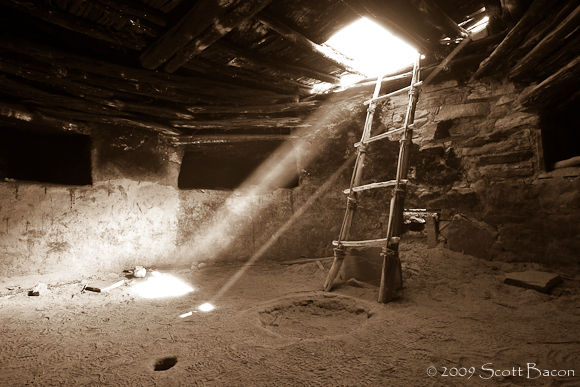
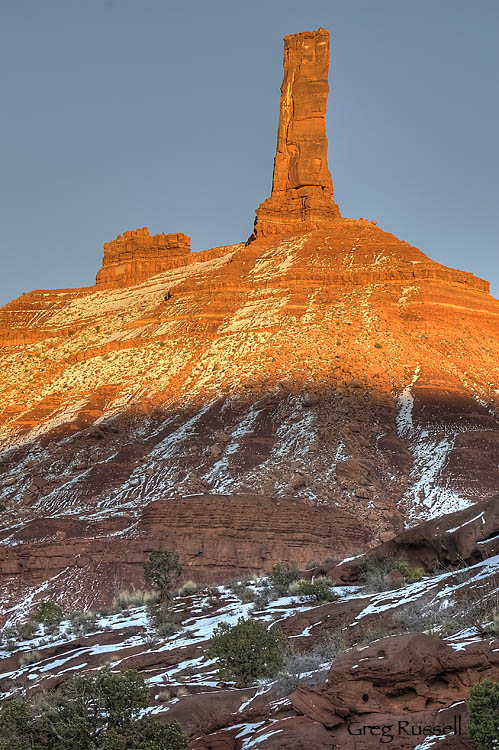
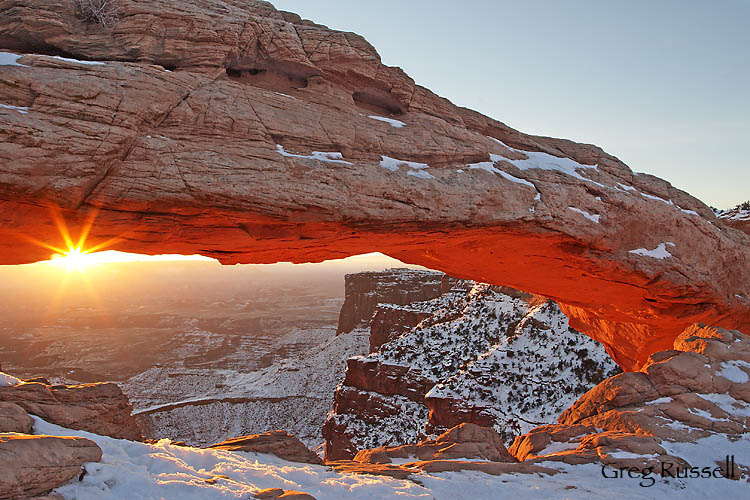
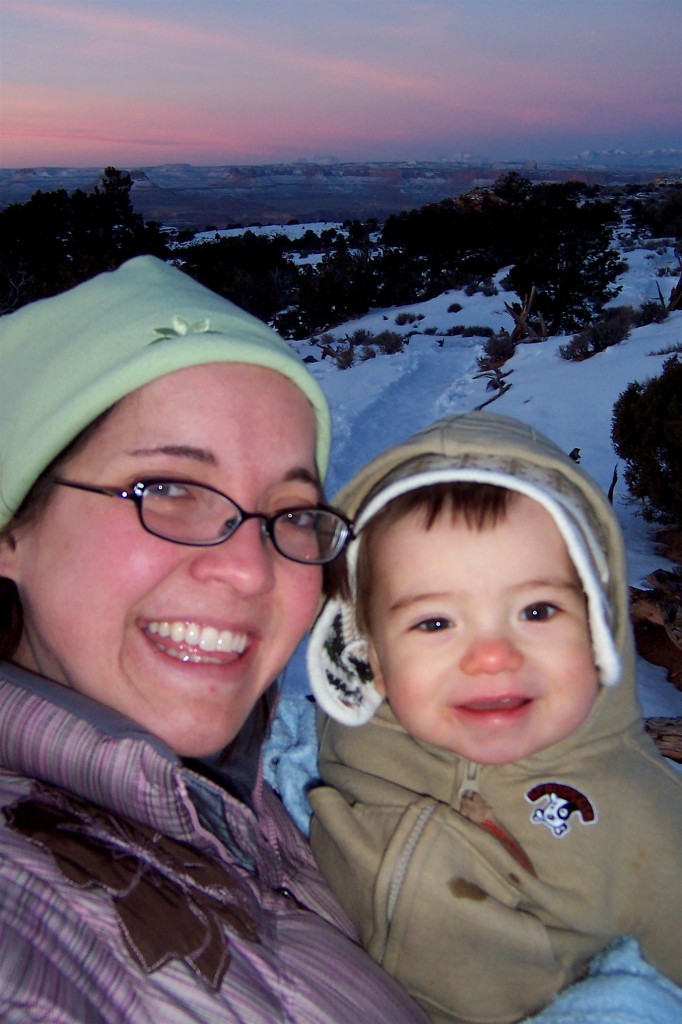 Stephanie and Owen Russell, December 2008 (self portrait by Stephanie Russell)
Stephanie and Owen Russell, December 2008 (self portrait by Stephanie Russell)